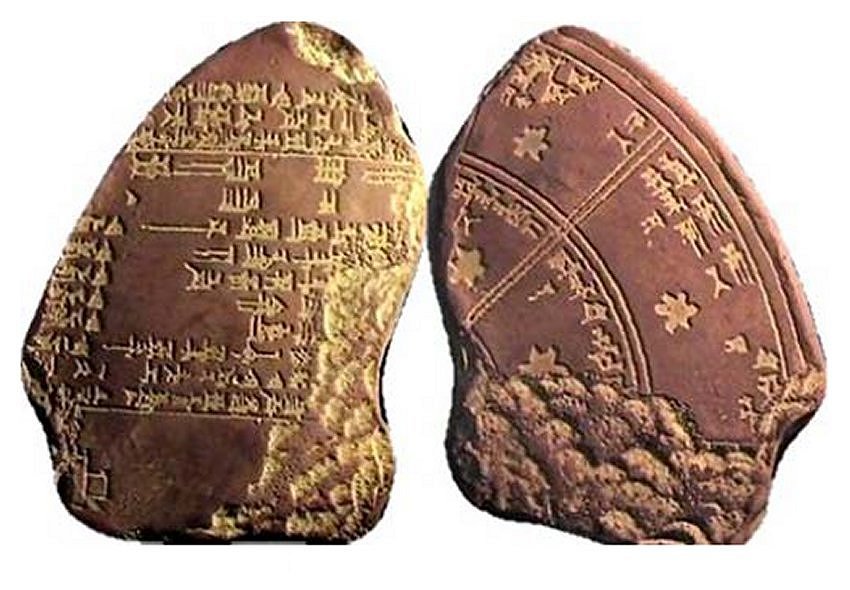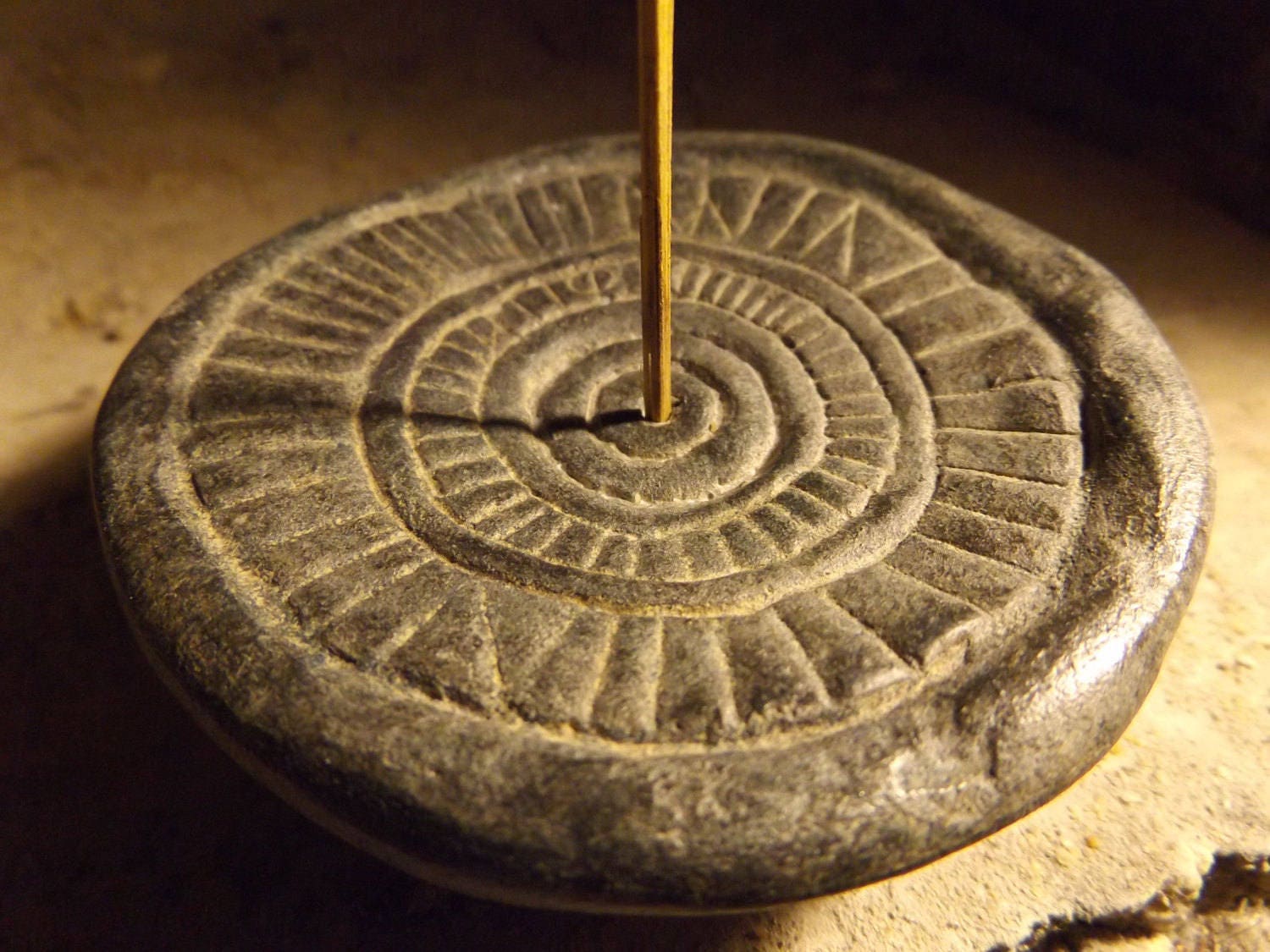Sumerian Calender - Download reference work entry pdf. Web the babylonian civil calendar, also called the cultic calendar, was a lunisolar calendar descended from the nippur calendar, which has evidence of use as early as 2600 bce and descended from the even older third dynasty of ur (ur iii) calendar. The sumerian calendar transformed into a proper lunisolar calendar. One of the most famous ancient calendars developed by the egyptians is the egyptian or sothic calendar. To make up for the difference between this year and the year of the seasons, they inserted an extra month in the calendar about every four years. Part of this region at this period corresponds to the ancient region of sumer hence the assumption. The power and the cultural prestige of babylon assured the success of the lunar year, which began on nisanu 1, in the spring. Web the sumerians of babylon were probably the first people to make a calendar. A larger number of calendar systems of the ancient near east became accessible in the iron age and were based on the babylonian calendar. This lunar year of about 354 days was more or less reconciled with the solar year, or year of the seasons, by the occasional intercalation of an extra month.
The Sumerian Calendar Projeda
Each month began with the sighting of a new moon. Each month began with the sighting of a new moon. Web the ancient sumerian calendar,.
Cuneiform Mesopotamia, Archeologia, Arte antico
A great number of hellenic calendars also developed in classical greece and influenced calendars. Sumerian months had no uniform name throughout sumer because of the.
Babylonians And Sumerians Had Advanced Knowledge Of Astronomy Ancient
365 days were divided into 12 months of 30 days, with five or six extra “epagomenal” days added at the end. Part of this region.
Sumerian Sun God
The sumerian calendar transformed into a proper lunisolar calendar. The power and the cultural prestige of babylon assured the success of the lunar year, which.
5,500 Year Old Sumerian Cuneiform Tablets Reveal Stunning Revelations
To make up for the difference between this year and the year of the seasons, they inserted an extra month in the calendar about every.
Astronomical calendar for the Sumerian civilization (Eckhardt Etheling
Web the civil calendar used throughout ancient mesopotamia was a lunisolar calendar. Each month began with the sighting of a new moon. 365 days were.
Sumerian Calendar Ancient Timekeeping System
365 days were divided into 12 months of 30 days, with five or six extra “epagomenal” days added at the end. A larger number of.
Sumerian Calendar Converter Printable Calendar 2023
A great number of hellenic calendars also developed in classical greece and influenced calendars. Web the sumerians of babylon were probably the first people to.
Sundial calendar Mesopotamia Ancient Qumran 200 B.C.E Solar year clock
Web the first recorded calendars date to the bronze age, and include the egyptian and sumerian calendars. Web the civil calendar used throughout ancient mesopotamia.
Web Kalender Sumeria Membagi Satu Tahun Dalam 12 Bulan, Setiap Bulan Terdiri Atas 30 Hari, Sehingga 1 Tahun Terdiri Dari 360 Hari.
A larger number of calendar systems of the ancient near east became accessible in the iron age and were based on the babylonian calendar. Web the babylonian civil calendar, also called the cultic calendar, was a lunisolar calendar descended from the nippur calendar, which has evidence of use as early as 2600 bce and descended from the even older third dynasty of ur (ur iii) calendar. Web the sumerians developed the lunar calendar by observing the moon’s phases, revolutionizing time measurement. Web the civil calendar used throughout ancient mesopotamia was a lunisolar calendar.
This Lunar Year Of About 354 Days Was More Or Less Reconciled With The Solar Year, Or Year Of The Seasons, By The Occasional Intercalation Of An Extra Month.
The sumerian calendar transformed into a proper lunisolar calendar. The power and the cultural prestige of babylon assured the success of the lunar year, which began on nisanu 1, in the spring. Web babylonian calendar, chronological system used in ancient mesopotamia, based on a year of 12 synodic months—i.e., 12 complete cycles of phases of the moon. The moon, the sun, and the planets were viewed as gods or manifestations of gods.
Uniknya, Dilansir Calendarworld, Kalender Sumeria Kuno Tidak Membagi Bulan Ke Dalam Minggu.agar Sesuai Dengan Tahun Matahari, Seperti Kalender Modern, Kalender Sumeria Juga Memiliki Tahun Kabisat.
Web the land of sumer was conquered in 2400 bc by the akkadians and then by the amorites (also known as the babylonians) in 1800 bc. Part of this region at this period corresponds to the ancient region of sumer hence the assumption. This chapter discusses the structure of the calendar, local variations, the role of the calendar in society, and the increasing use of astronomy in the management of the calendar during the first millennium bc. Each month began with the sighting of a new moon.
A Great Number Of Hellenic Calendars Also Developed In Classical Greece And Influenced Calendars.
Web the sumerians were the people of southern mesopotamia whose civilization flourished between c. They used the phases of the moon, counting 12 lunar months as a year. Web the first recorded calendars date to the bronze age, including the egyptian and sumerian calendars. One of the most famous ancient calendars developed by the egyptians is the egyptian or sothic calendar.









